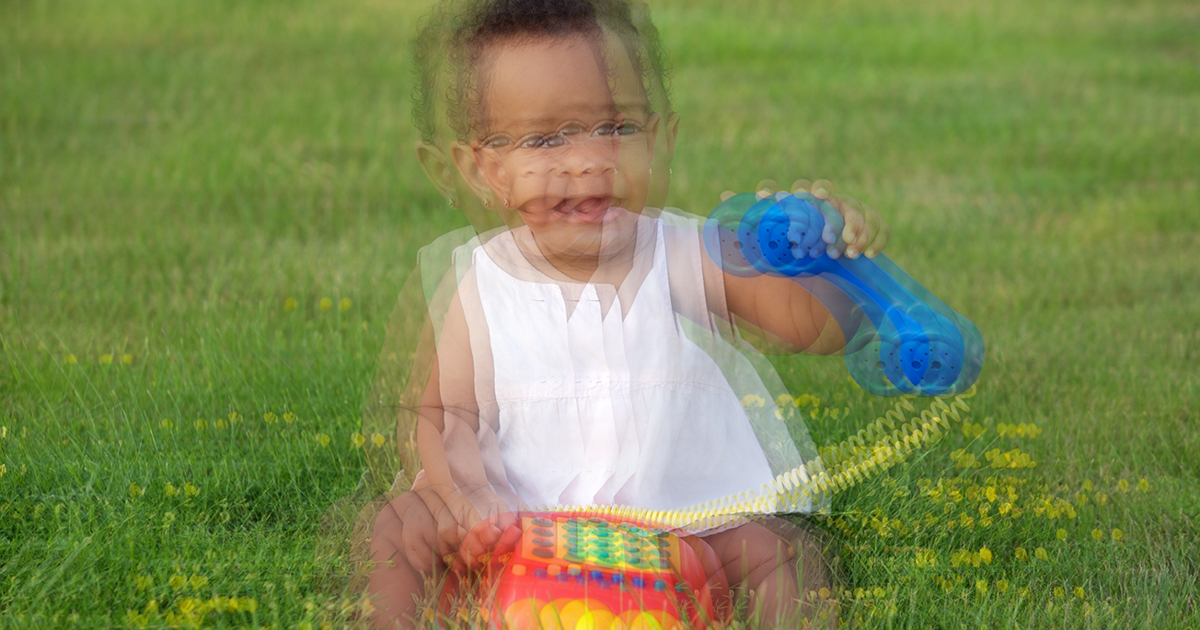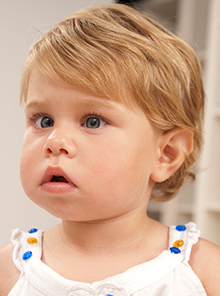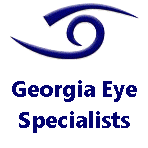
Books, check, Pens, check, paper, check. Eyes,…?
It’s Back-to-school season and in all the hustle and bustle, it is easy to forget that one simple fact:
it is hard to learn if you can’t see.
Unfortunately kids are terrible at diagnosing themselves. They may think everything is normal just because they don’t know anything different. So the responsibility falls to us as parents. Since we can’t see the world from our kid’s eyes and we can’t rely on them to tell us, we have to pay attention and look for any clues that there is a problem.
Did you know that August is Children’s Eye Health and Safety Month?
The American Academy of Ophthalmology (AAO) suggests August is the perfect time to focus on Children’s eye health and safety. Good vision, or proper accommodations for those with visual impairments, is essential to students’ success in school. And the earlier problems are detected the sooner they can be treated, often more effectively. It’s important for parents to monitor their children’s eye health and educate themselves on vision disorders, so any problems can be treated, potentially preventing life-long damage.
More than one in five preschool-age children enrolled in Head Start have a vision disorder
 Vision impairments are common conditions among young children, affecting 5 to 10 percent of all preschool-aged children, according to the organization Prevent Blindness. Early detection and treatment of these disorders is crucial to well-being of children both in school and at home. Living with an untreated vision disorder can negatively impact a child’s academic performance, self-esteem, and future eye health.
Vision impairments are common conditions among young children, affecting 5 to 10 percent of all preschool-aged children, according to the organization Prevent Blindness. Early detection and treatment of these disorders is crucial to well-being of children both in school and at home. Living with an untreated vision disorder can negatively impact a child’s academic performance, self-esteem, and future eye health.
Most vision problems can be prevented or the risk of them reduced
While some vision problems are genetic, many others can be prevented or the risk of them reduced. Most people already know the danger of the most significant risk factor: smoking during pregnancy. Children of women who smoked during pregnancy have higher rates of crossed eyes (which can lead to permanent loss of vision in one eye when untreated), hyperopia, and astigmatism, among others. Another significant risk factor is diabetes, which is now one of the leading causes of blindness. Healthy diet and exercise habits, beginning in childhood, can prevent type 2 diabetes. Prevention is especially important in this case, as there is no reversing the disease once it begins.
Early detection and treatment can be critical
In the case of amblyopia (lazy eye) and strabismus (crossed eyes), early detection and treatment is crucial, it’s a common misconception that children outgrow these issues, but we now know that left untreated, they cause the brain to stop using the less functional eye, eventually leading to permanent loss of vision in that eye. Once diagnosed however, these problems can be treated with eyepatches, eyeglasses, or eye drops and corrected.
IF YOU THINK THERE IS A PROBLEM, CONTACT US AS SOON AS POSSIBLE
What can you do to protect your child’s vision?
In addition to professional eye exams, the American Academy of Ophthalmology recommends a few steps that parents should take to protect their children’s eyes:
- Watch for signs and symptoms of eye problems. These include complaints of eye strain, headaches, squinting, and discoloration of the pupil. Ask if they say can see the chalk board or do they need to sit towards the front of the class to see.
- Know and share your family history. Parents should find out whether anyone on their family has had an eye condition or disease and share this information with their doctor or anyone administering an eye exam.
- Use protective eyewear when playing sports. Certified protective eyewear will prevent injury from flying balls and swinging sticks, which could cause permanent vision loss.
How often do you need to check your children’s eyes?
The American Optometric Association recommends testing a child’s vision with a specialist at:
- age 6 months as infants
- 3 years
- before starting first grade
After that, less extensive vision tests should be performed at regular check-ups, or if they complain or you see one of the signs or if you suspect something might be wrong.
Click here to schedule an appointment
What more can you do?
Want to do something more to contribute in honor of Children’s Eye Health and Safety Month? Consider donating to a non-profit dedicated to helping children with visual impairments or preventing blindness. The Guide Dog Foundation for the Blind (www.guidedog.org ), Helen Keller International (www.hki.org ) and Prevent Blindness are among the top-rates non-profits. If you can’t donate money, consider donating your time to a non-profit near you that is involved with blindness treatment or prevention. And of course, help spread awareness of children’s eye safety, eye disorders, and their prevention.
To learn more
You can learn more by visiting the American Academy of Ophthalmology at www.AAO.org or Prevent Blindness (www.preventblindness.org ), an excellent resource with up-to-date information for parents as well as adults looking to learn about their own eye health.
